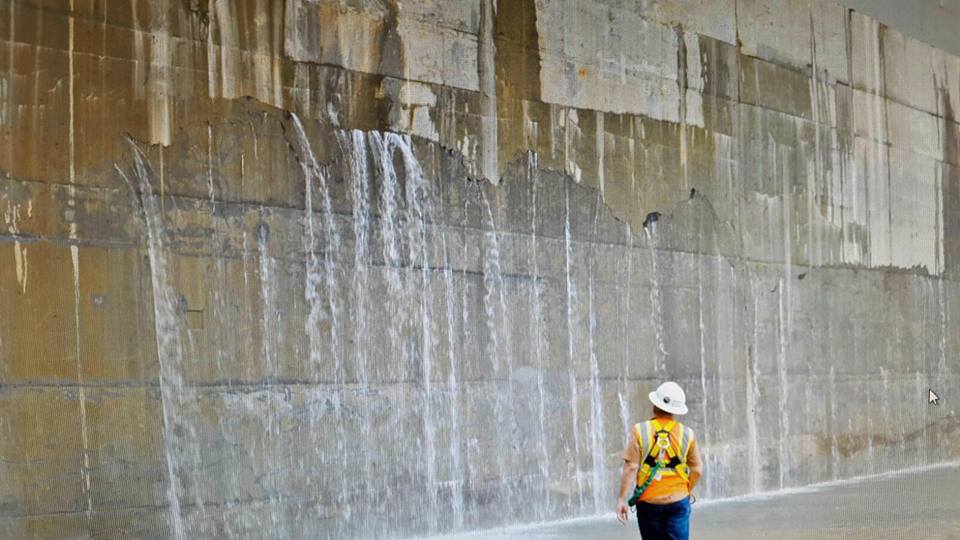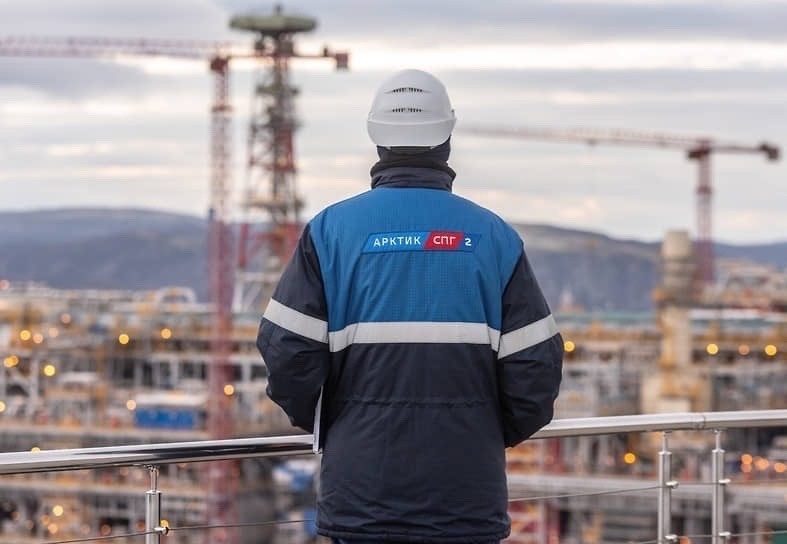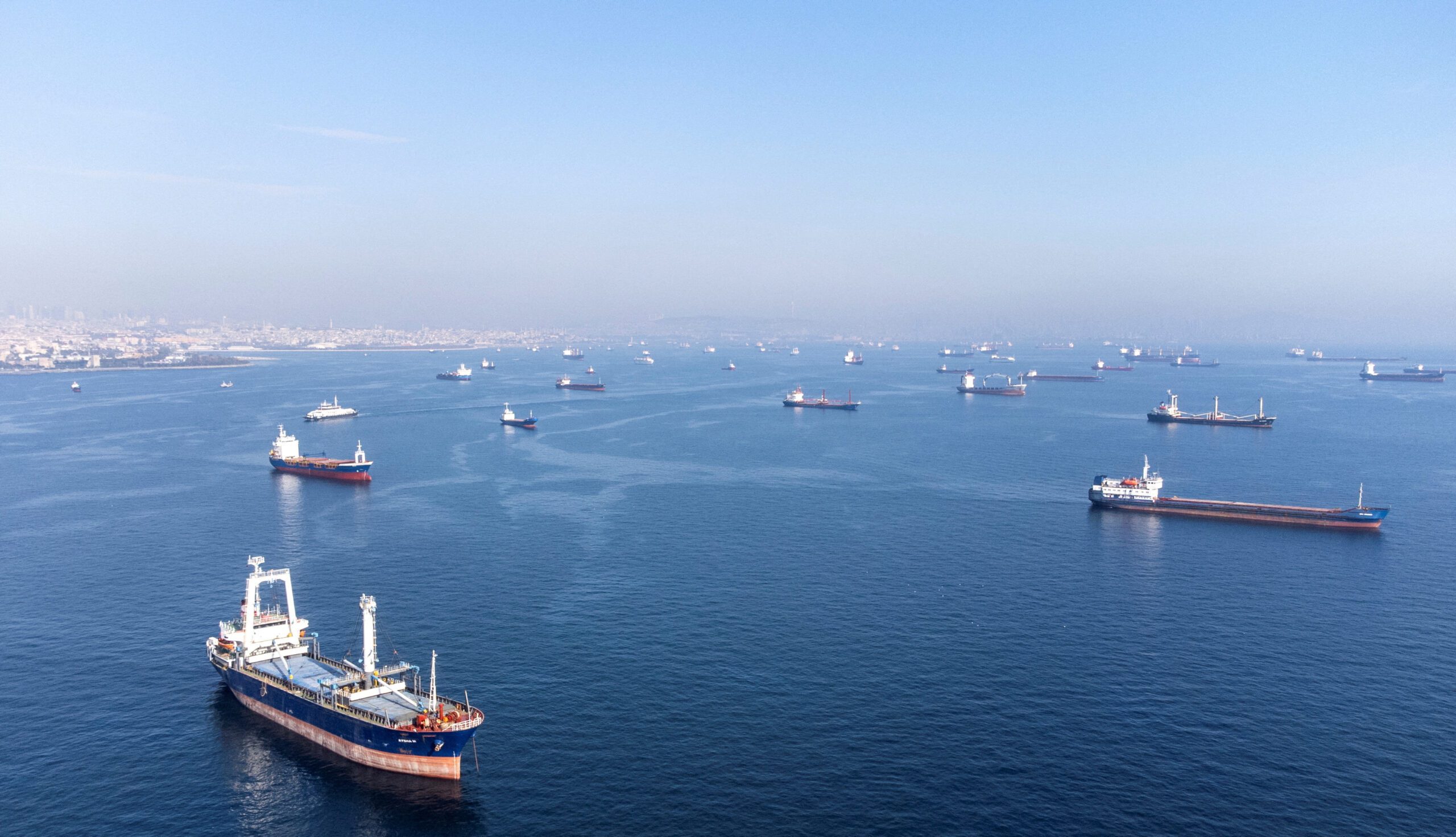
The Panama Canal Authority this week addressed the recently-developed crack in one of the new lock chambers making up the expanded Panama Canal, raising new questions over whether or not the bigger locks will open as scheduled in April 2016.
The Panama Canal Authority (ACP) said Monday that it is awaiting a detailed report from Third Set of Locks contractor Grupo Unidos por el Canal (GUPC) on the causes and solutions for a crack that appeared in the concrete in one of the chambers in the new Cocoli Locks complex on the Pacific side. The ACP statement said that the formal report will include GUPC’s determination for the root cause of the crack and its recommended repairs, adding that only after receipt and evaluation of the report’s findings will the ACP be able to “assess and communicate if the project’s completion timeline will be altered in any way.”
[contextly_sidebar id=”Dd1hWMH1dg3vRtoR3VvwwEr99C4a6R3B”]The new statement contradicts earlier statements by the ACP that the crack would not impact the current delivery timeline of the Panama Canal expansion project. The opening was originally scheduled for 2014 to coincide with the 100 year anniversary of the opening of the existing canal, but cost overruns and delays have pushed the opening to April 2016.
The crack and subsequent leaks appeared in August in one of the interior chambers of the new locks on the Pacific side during testing.
“Earlier in June, the filling of the new locks began, marking the start of a planned and methodical phase of operational testing of the Locks, including its culvert valves, maintenance bulkheads and gates,” the ACP statement issued Monday read.
“As part of this testing, some water seepage was detected in a specific area of the new Pacific Locks in a section that separates the middle chamber and lower chamber, as they were being stressed tested through exposure to level differentials much higher than those required for normal operations, but that may occur during dry-chamber maintenance works in the future,” the statement added.
The ACP says it has since designated two independent external structural engineers to conduct an objective evaluation of the reasons for the “localized issue” and to assess GUPC’s solution, once provided.
GUPC is a consortium led by Spain’s Sacyr Vallehermoso, with Impregilo of Italy, Jan De Nul of Belgium and Constructura Urbana, SA (CUSA) of Panama. The consortium was selected as the main contractor for the Third Set of Locks project in 2009 after a lengthy tender process, beating out two other consortiums for the work.
The Third Set of Locks project, the main component of the $5.25 billion expansion project, involves the construction of new, bigger lock complexes on the Atlantic and Pacific sides of the Panama Canal which will allow larger ships to transit and effectively double the capacity of the famous waterway.
For the two new lock complexes, a total of 4.4 million cubic meters of concrete had to be poured.
In its statement released Monday, the ACP reiterated that GUPC is solely responsible for the repairs needed to fix the issues.
“GUPC has the obligation to ensure the long-term performance on all aspects of the construction of the locks and to correct this deficiency,” the ACP said.”Moreover, GUPC’s contract with the ACP dictates that the group is responsible for modifications and corrections that may be required. As with all of its operations and its infrastructure improvement projects, the ACP is committed to deliver world-class services and products.”
Even with the current issues, the ACP said it still encouraged by the overall progress of the expansion program, which now stands 93% complete.
“Parallel work presses ahead with testing in other areas; the removal of the strip of land – known as a ‘plug’- separating the new Cocolí Locks from the Pacific Ocean, and the culmination of the Pacific Access Channel work. Likewise last week the removal of the dike or plug that separates the Atlantic ocean waters from the new Atlantic Lock was initiated and progresses at a good pace,” the ACP said.

 Join The Club
Join The Club











